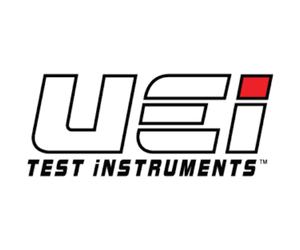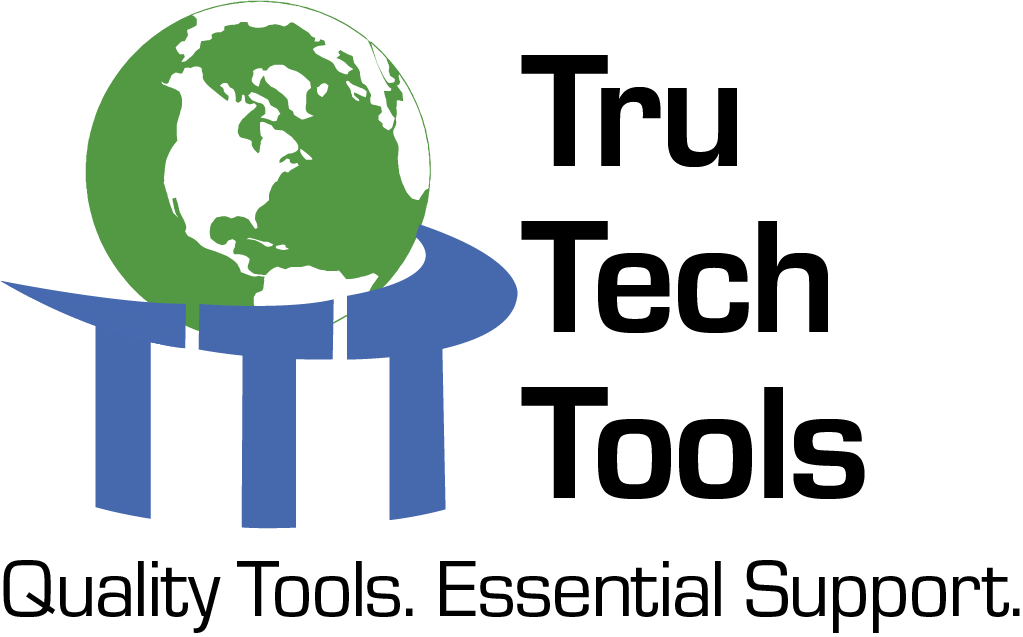Short #89 – Liquid Line Temperature

In this short podcast episode, Bryan explains how to use liquid line temperature as a quick diagnostic indicator on split A/C systems.
Liquid line temperature is one of the first things to check when you approach a system. Checking that temperature is also a great way to get into non-invasive testing. The temperature should be between 4 and 15 degrees warmer than the outdoor temperature (unless it is wet). If the liquid line is cooler than the environment, then there could be a restriction. If there is a restriction, you could have a clogged liquid line drier or a partially closed service valve.
When you have a larger condenser coil in relation to your capacity, your liquid line will be closer to the ambient temperature; the refrigerant must be at a higher temperature than the outdoor air to give off heat. You should also not see a pressure drop across the liquid line.
An important value is the condensing temperature over ambient (CTOA). On a normally operating piece of equipment, the condensing temperature will be 15-30 degrees above the outdoor temperature. The CTOA is a design feature that sets the differential between the saturation temperature and the ambient temperature. So, before the refrigerant subcools, it will be 15-30 degrees above the outdoor ambient temperature.
Subcooling goes below the CTOA. If we have a 30-degree CTOA and subtract 10 degrees of subcooling, then our liquid line will be about 20 degrees above the ambient temperature. If you add up all the numbers and find that the liquid line is warm, then you likely have an airflow restriction (dirty condenser, etc.). You shouldn't see a temperature differential across the liquid line; if you see one, then you likely have a restriction in the liquid line or lines that are too long.
Learn more about Refrigeration Technologies HERE.
Author:









Comments
To leave a comment, you need to log in.
Log In